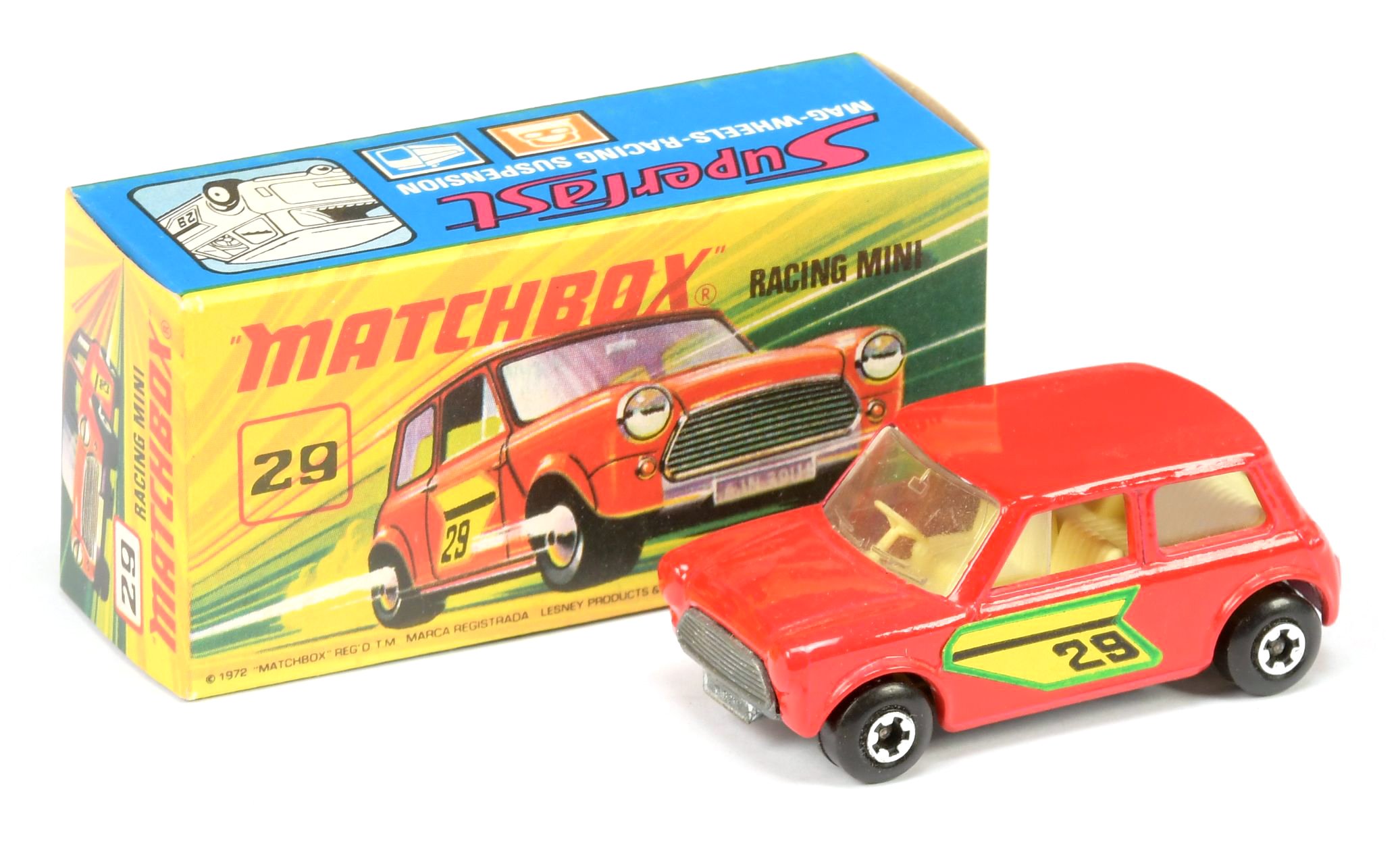An Appreciation for the Art of Windowless Toy Packaging
While the windowless packaging format is not universally loved, when it comes to toy packaging design, the plastic-free treatment has always been a personal favorite. As a visual artist, it's the graphics that truly shine. Devoting the full face of a pack to a captivating image is an unparalleled way to ignite the imagination.
This article takes a brief journey through some examples of windowless toy packaging that have inspired awe and wonder, from childhood classics to contemporary masterpieces.
Angel Interceptor by Roy Cross
Matchbox and Airfix: Setting the Stage for Imagination
U.S. Paratroops Airfix, and German Infantry by Matchbox.
In the 1970s, Matchbox and Airfix products were a mainstay on toy shelves. While Matchbox is renowned for its die-cast cars, it also rivaled Airfix with its model kits and 1:32 scale toy soldiers. These packs, especially the "boxes of soldiers," hold a special place in my memory, as they were treats reserved for birthdays and holidays. The painted action scenes on the front, with life-like figures in dynamic poses, mirrored the figures inside and ignited countless imaginary battles and adventures.
Mirage and MIG 15 by Roy Cross. M16 Halftrack by Roy Huxley.
This illustrative approach to packaging design was perfected by Airfix and Matchbox throughout the 1970s. The model aircraft kits were another highlight, with two notable artists leading the way: Roy Huxley for Matchbox and Roy Cross for Airfix. Their use of vibrant colors and dynamic compositions transformed the toys into living, breathing action pieces.
Racing Mini by Matchbox. Image courtesy Vectis Auctions.
The Allure of Die-Cast Cars
Even the die-cast car packaging held its own charm. The artwork, though on a smaller scale, was just as stunning, turning simple toys into vehicles of high-octane adventure.
Assorted Matchbox vehicles. Image courtesy of Vectis Auctions.
Action Man: The Enduring Power of Illustration
Another iconic toy line of the 70s and early 80s was Action Man. Dave Barnacle of Ray Hastings Studio was the artist behind almost every Action Man pack, his illustrations capturing the hero's spirit and carrying on the tradition of the illustrative approach seen in the Matchbox and Airfix lines.
Various Action Man packs by Dave Barnacle.
Star Wars: A Galaxy of Packaging Innovation and the Rise of Photography
The Star Wars toy line revolutionized packaging design in the late 1970s and early 1980s, with its use of dynamic photography and captivating imagery. This marked a significant shift from the illustrative style that had dominated toy packaging in the previous decade. One of the key figures behind this revolution was photographer Roy Frankenfeld, whose work on the Kenner Star Wars packaging became iconic. Frankenfeld's images, like the legendary AT-AT box depicting the Battle of Hoth, transported children into the heart of the Star Wars galaxy.
AT-AT packaging photo by Roy Frankenfield. Image courtesy of Landry Pop Auctions on Instagram.
This author has a distinct childhood memory of encountering the AT-AT box in a shop window in Dublin’s Northside Shopping Centre, its epic scene forever etched in my mind as a masterpiece of packaging design. The Star Wars line also saw contributions from the aforementioned Dave Barnacle, who art directed similar photo-realistic designs for Palitoy's own Star Wars vehicles, including the X-Wing and Land Speeder.
Action Force: Embracing the Photographic Approach
Following the trend set by Star Wars, Palitoy’s Action Force vehicles also transitioned to a windowless format with a focus on photography. Dave Barnacle, who had previously illustrated the Action Man packs, now art-directed the Action Force vehicle packaging, collaborating with photographer Neville Chadwick to produce fantastic action diorama scenes. They used clever in-camera effects to achieve realistic-looking scenes, such as crumpled polythene for water effects, carefully painted splashes of mud on clear acrylic to capture vehicle movement, and even built space scenes and planets for the Triad Fighter and RoboSkull packaging.
Roboskull and Triad Fighter diorama photos. Sets by Dave Barnacle and photos by Neville Chadwick. Images courtesy of the Chadwick Archive.
G.I. Joe: A Modern Revival of Illustration and Beyond
The late 2000s saw a resurgence of illustration in toy packaging with the release of the G.I. Joe: The Rise of Cobra line. Art director Rick Shad spearheaded this return, collaborating with artists Brian Life and Brendan McCaffrey. Life focused on the card art for the action figures, while McCaffrey illustrated the vehicle boxes, drawing inspiration from the classic Airfix model kit packaging, particularly the work of Roy Cross. This connection brought the lineage of toy packaging full circle, referencing the iconic designs of the past.
Vehicle packaging art by Brendan McCaffrey. Art direction Rick Shad.
However, the G.I. Joe Classified series also demonstrates a fascinating evolution beyond pure illustration. Some of the packaging integrates dynamic action figure photography into digital compositions, creating almost photorealistic scenes. This approach not only showcases the products in a dynamic way but also combines a sense of realism with imaginative backgrounds, often including Easter eggs that link back to G.I. Joe lore. This represents another step in the evolution of toy packaging, blending photography with digital artistry to keep the spirit of play and imagination alive. It's a fitting culmination of the journey from illustration to photography and back again, demonstrating how toy packaging continues to evolve while honoring its rich history.
G.I. Joe Classified packaging art.
The Enduring Appeal of Windowless Packaging
Windowless toy packaging offers a unique canvas for artists to tell stories, evoke emotions, and capture the essence of play. Whether it's through evocative illustrations or dynamic photography, these packs transcend their functional purpose and become works of art in their own right. They invite us to imagine, to create, and to connect with the characters and worlds they represent.









